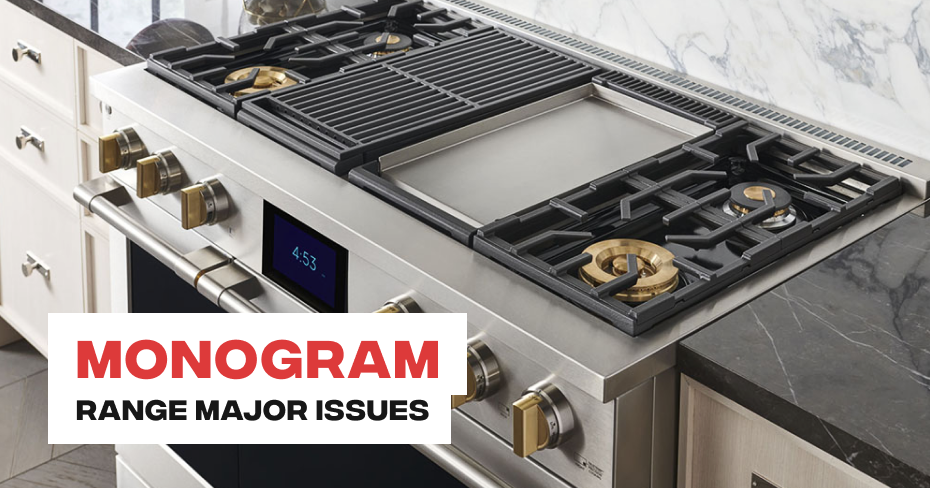
Monogram Range Temperature Fluctuations
Temperature fluctuations in a Monogram range can be a frustrating problem. They can make it difficult to cook food evenly and can lead to food being overcooked or undercooked.
Symptoms of Temperature Fluctuations
There are a few symptoms that can indicate temperature fluctuations in a Monogram range. These include:
- Food that is overcooked or undercooked.
- The oven not reaching the desired temperature.
- The oven temperature fluctuating wildly.
Possible Causes of Temperature Fluctuations
There are a few possible causes of temperature fluctuations in a Monogram range. These include:
- Faulty temperature sensor: The temperature sensor is a component that measures the temperature inside the oven. If the temperature sensor is faulty, it may not be accurate, which can lead to temperature fluctuations.
- Faulty heating element: The heating element is a component that heats the oven. If the heating element is faulty, it may not be able to reach the desired temperature, which can also lead to temperature fluctuations.
- Control board failure: The control board is a component that controls the operation of the range. If the control board fails, it may not be able to regulate the temperature properly, which can lead to temperature fluctuations.
Troubleshooting Temperature Fluctuations
If you suspect that your Monogram range is experiencing temperature fluctuations, you can try the following troubleshooting steps:
- Check the temperature sensor: The temperature sensor is a relatively easy component to check. To do this, unplug the range and remove the back panel. Locate the temperature sensor and use a multimeter to measure its resistance. The resistance should be within the specified range for your range model. If the resistance is outside of the specified range, the temperature sensor will need to be replaced.
- Check the heating element: The heating element is a bit more difficult to check. To do this, you will need to disconnect the power to the range and remove the heating element. Once the heating element is removed, you can use an ohmmeter to measure its resistance. The resistance should be within the specified range for your range model. If the resistance is outside of the specified range, the heating element will need to be replaced.
- Check the control board: If you have checked the temperature sensor and heating element and the temperature fluctuations are still present, the control board may be the problem. To check the control board, you will need to contact a qualified appliance repair technician.
Replacing the Temperature Sensor or Heating Element
If the temperature sensor or heating element needs to be replaced, you can purchase a new part from a Monogram authorized dealer. To replace the sensor or element, follow these steps:
- Unplug the range.
- Remove the back panel of the range.
- Locate the temperature sensor or heating element.
- Remove the old sensor or element.
- Install the new sensor or element.
- Reattach the back panel and plug in the range.
Additional Tips
- If you have recently had a power surge or voltage spike, the temperature sensor or heating element may have been damaged by the surge.
- If you have recently dropped or otherwise damaged your range, the temperature sensor or heating element may have been damaged.
- If you have recently had the range serviced, the technician may have accidentally damaged the temperature sensor or heating element.
By following these tips, you can increase your chances of identifying and fixing the temperature fluctuations problem.
Schedule Appointment